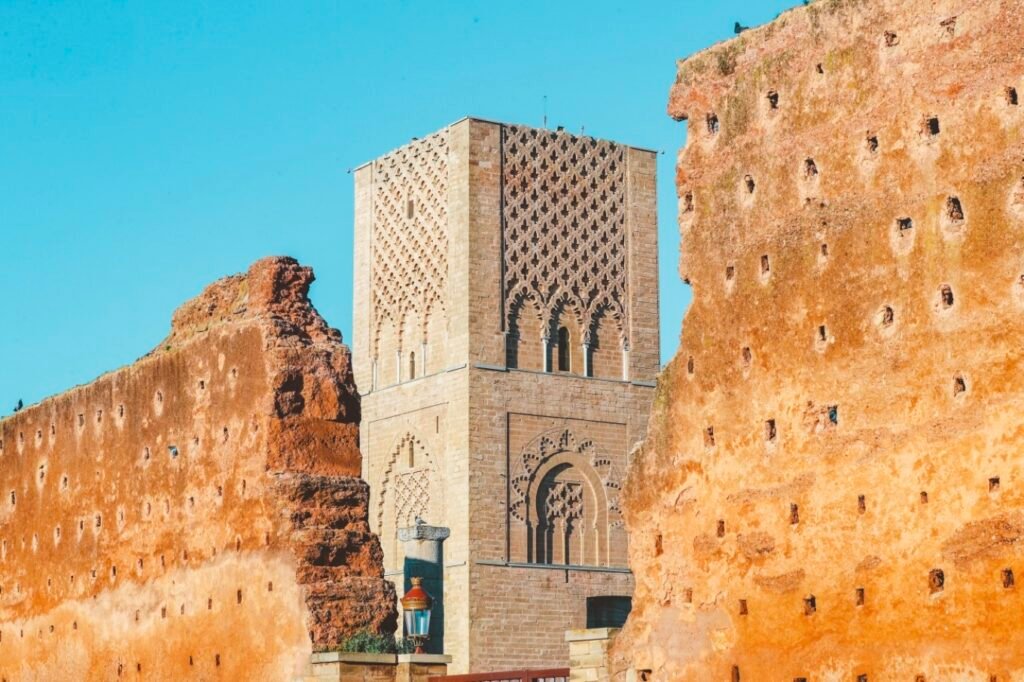The town of Asilah is small, and you can explore it in about one or two hours without any maps.
The distinct colors of the sea and sky, the seemingly unkempt white walls, doors and windows polished by time, neatly trimmed Mediterranean vines, and kids playing soccer on the beach—all these make for a perfect start to our vacation. The Atlantic breeze and familiar seafood flavors quickly lifted our previous bad moods.
The city is friendly and safe. As night falls, the beachfront stalls start buzzing with activity. You can also do what we did—buy super cheap fish and shrimp from the market outside the medina, which stays open late into the night. Cooking up your own seafood midnight snack is a great option too.
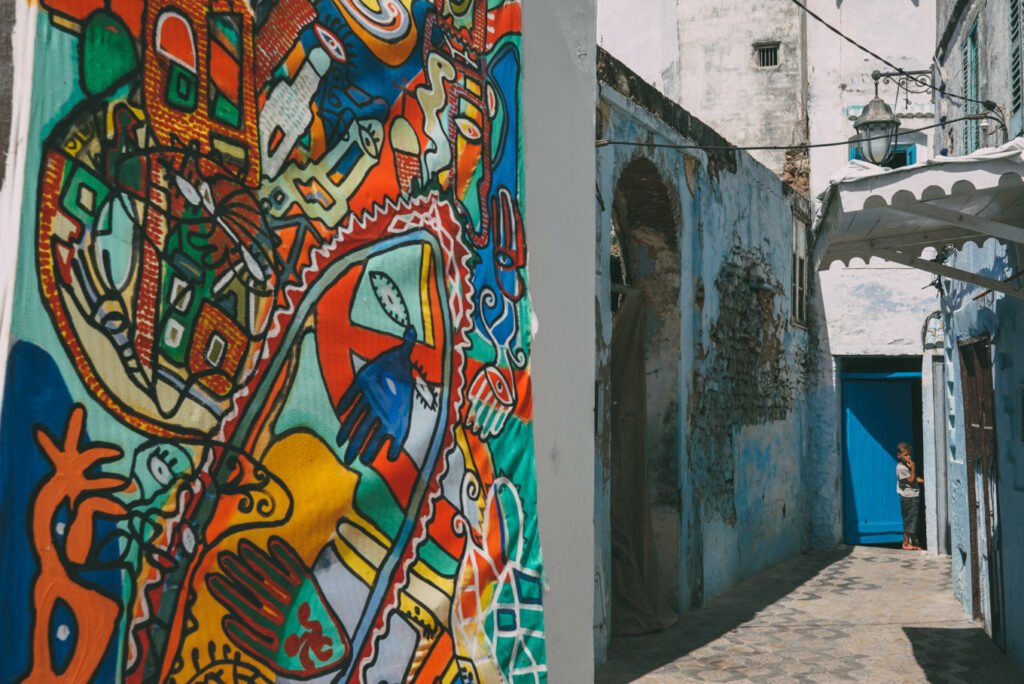
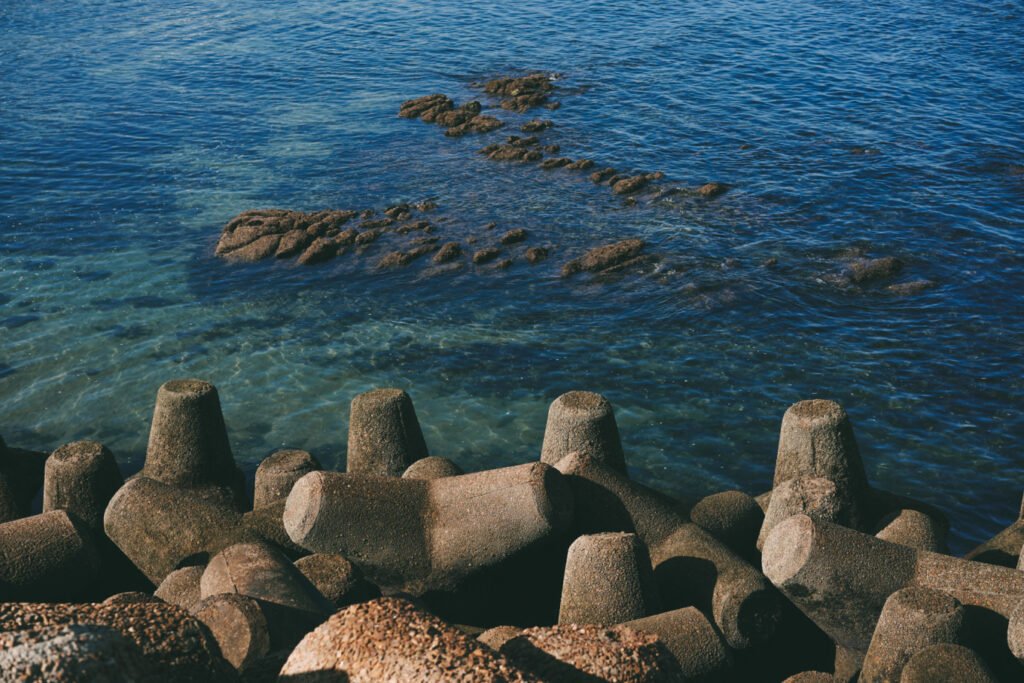
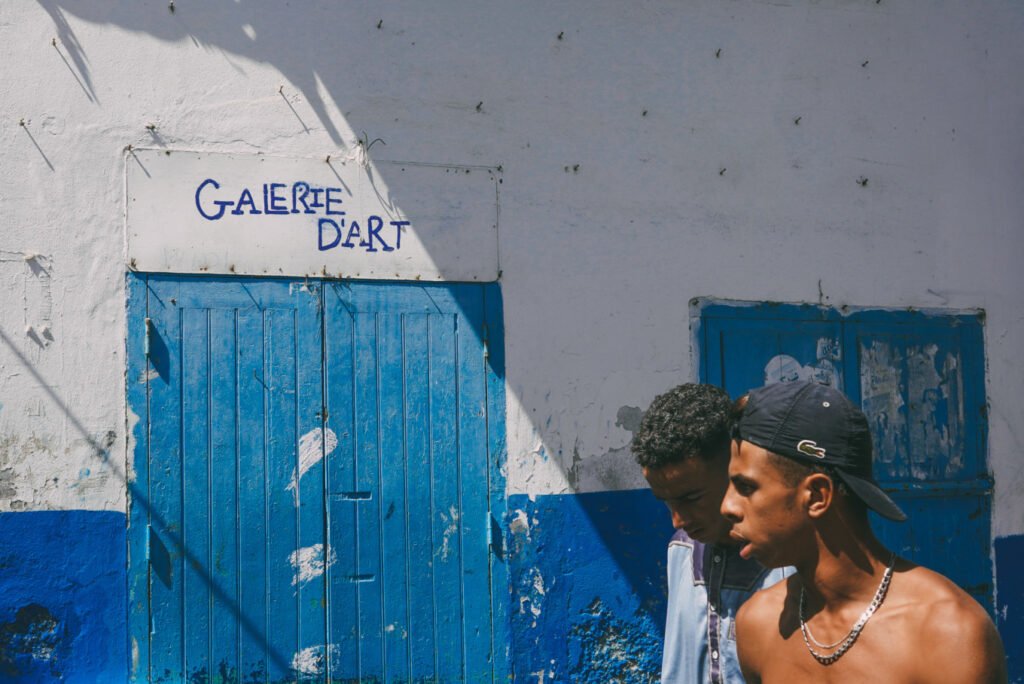

Tangier’s old medina sees very few tourists and isn’t often mentioned, probably just a quick glance by tour groups. We climbed up to a café on the second floor at a street corner, with its vintage Spanish tile floor. The café felt like a local football club hangout, full of older local guys.
Muslims don’t drink alcohol, so coffee and mint tea are their go-to while watching matches. The front desk guy used an old phone to snap a blurry pic of us in the dimly lit hallway, showing his friendliness. This kind of gesture made the city feel warm and charming.

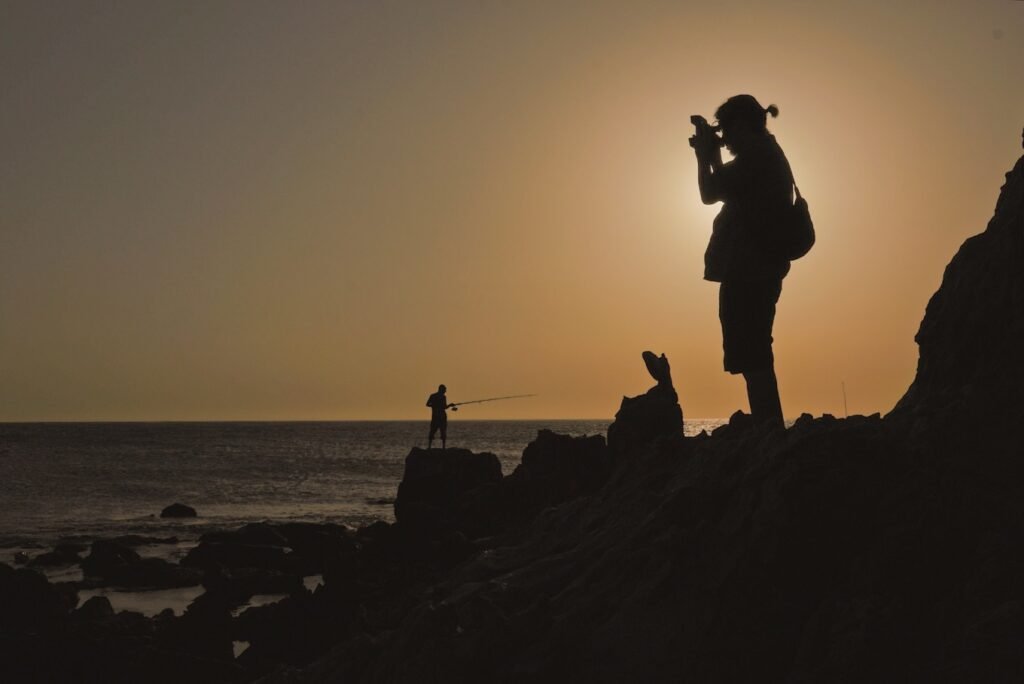
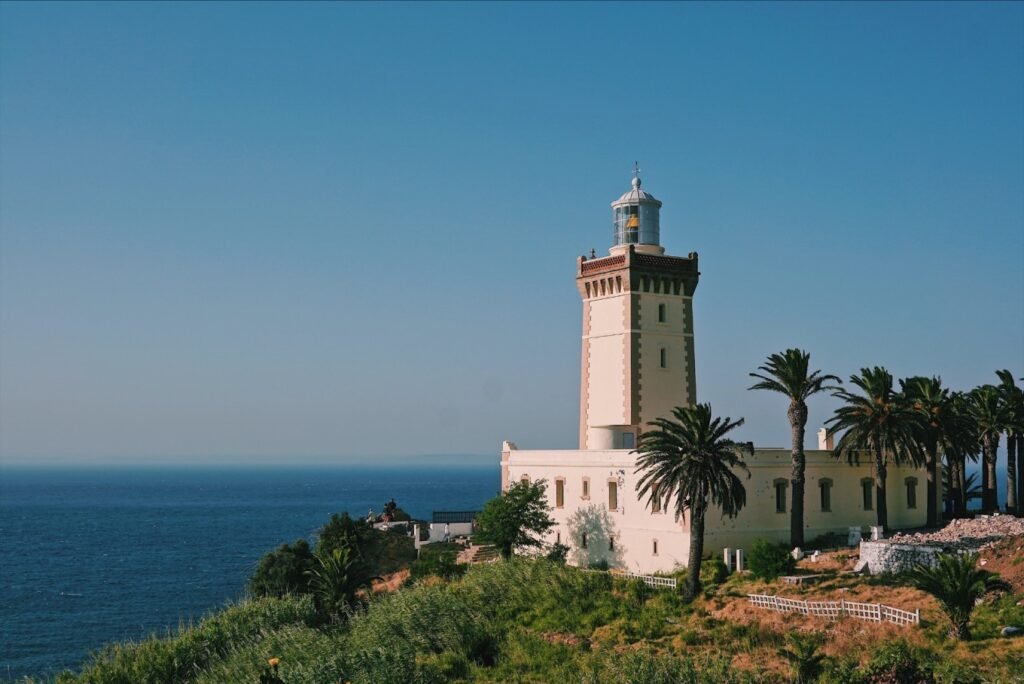
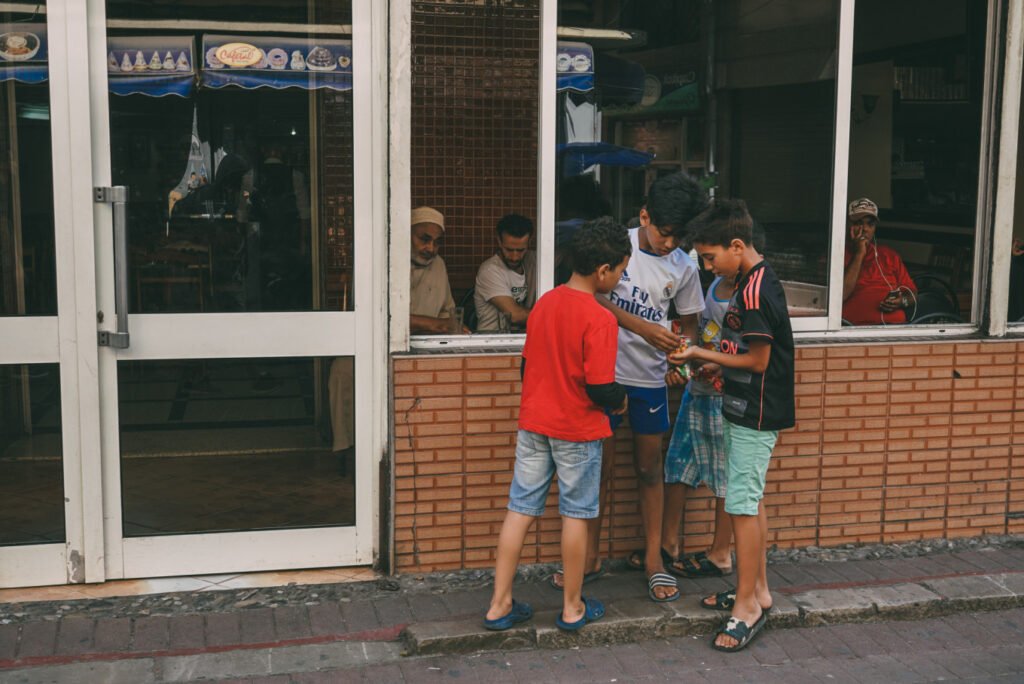

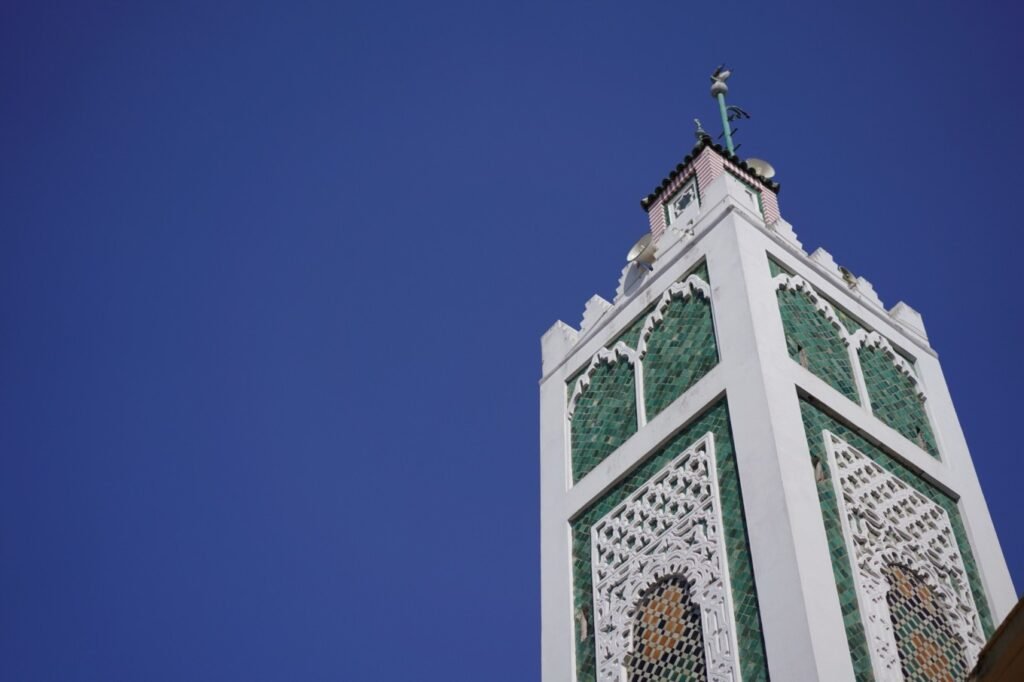
Chefchaouen probably has all the blue in the world. The residents first paint their houses white, then add various shades of blue at the bottom of the walls. Sometimes they paint an entire wall, other times just half, making each little house look like a Smurf village.
You can shake paws with kittens, get sweet kisses on the cheek from playful little girls, hike up to the Spanish Mosque to watch the sunset, and stroll through the vegetable market outside the city in the morning light. Every wall in the old town is picturesque, and every angle looks amazing. Even though the streets are crowded with tourists every day, it doesn’t disrupt their way of life. The uneven pavement can lead to accidents, like my own “colorful” fall, but looking at the soothing blue makes it hurt less.
This pale blue mountain town, nestled in the Rif Mountains, was originally a fortress in the 15th century. It lies just across the Strait of Gibraltar from Spain, and its lifestyle, language, and customs are heavily influenced by Spanish culture.
The town’s pale blue buildings, whitewashed walls, and Andalusian-style red terracotta rooftops create an atmosphere that gives visitors the illusion of being on a Mediterranean island.
In the alleys, you’ll encounter small stalls and shops everywhere. Corners, walls, floors, and stairways all serve as display spaces for goods.
A dazzling array of items—trinkets, ornaments, shoes, and robes—fills the streets, breathing life into this blue-hued world.
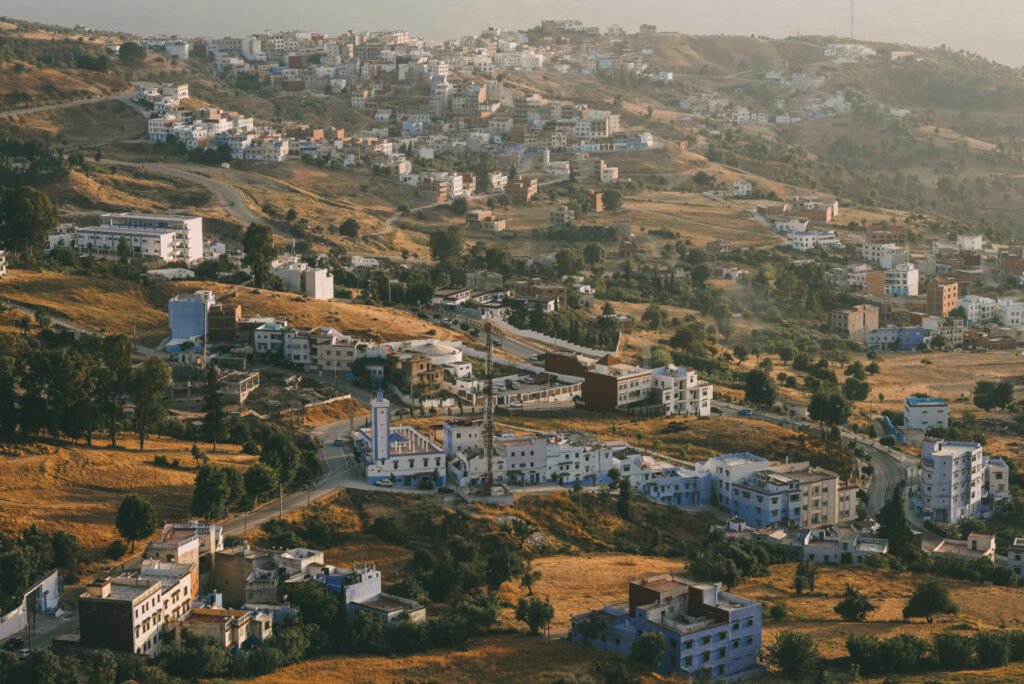
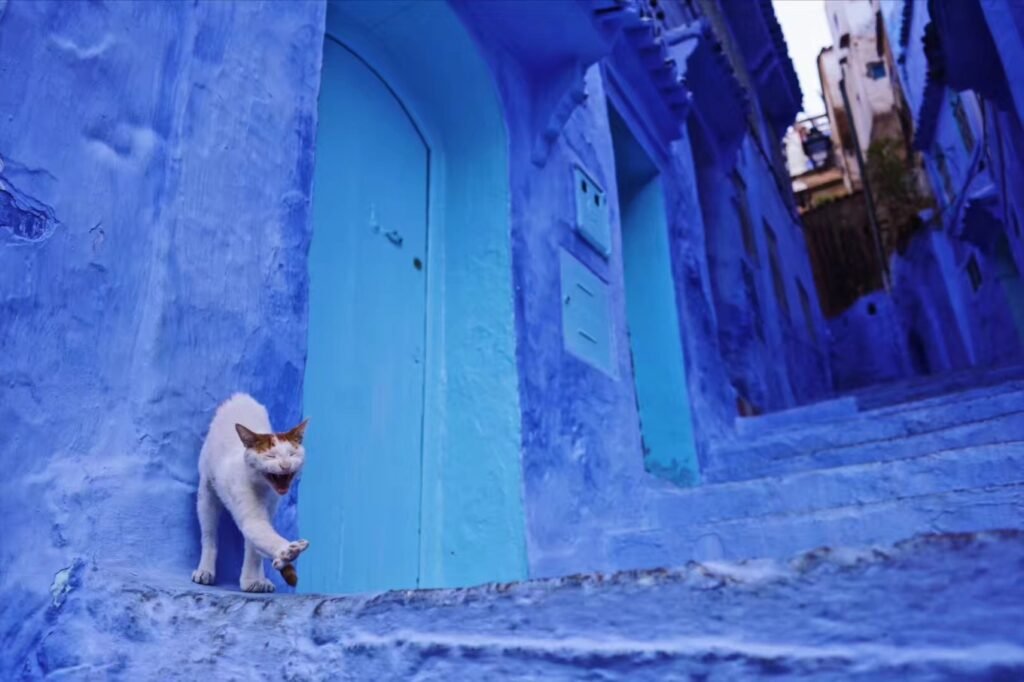
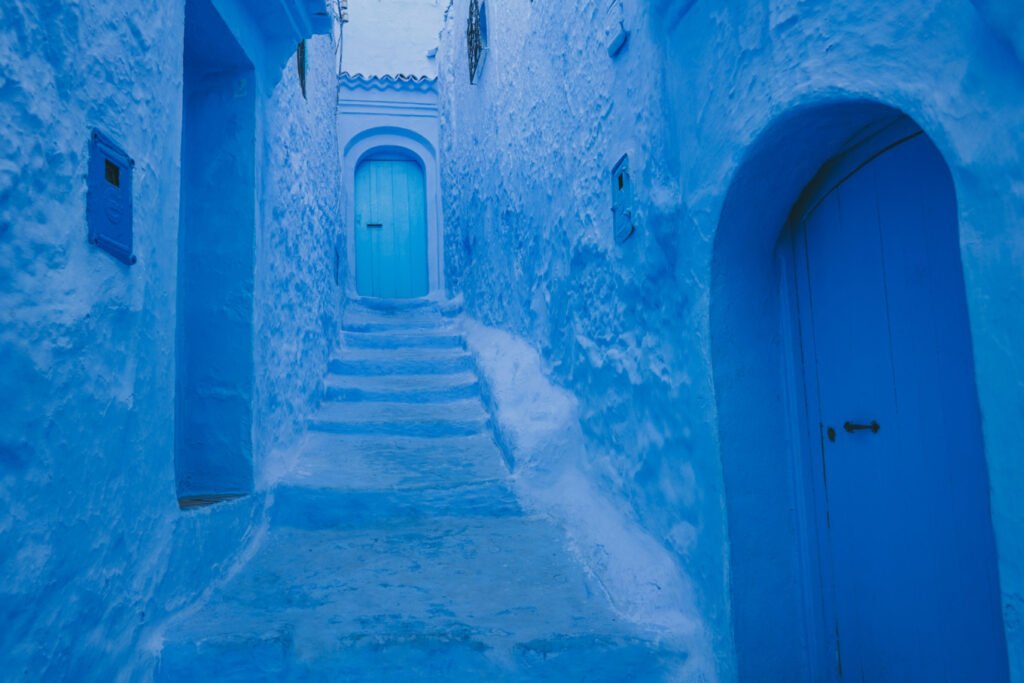

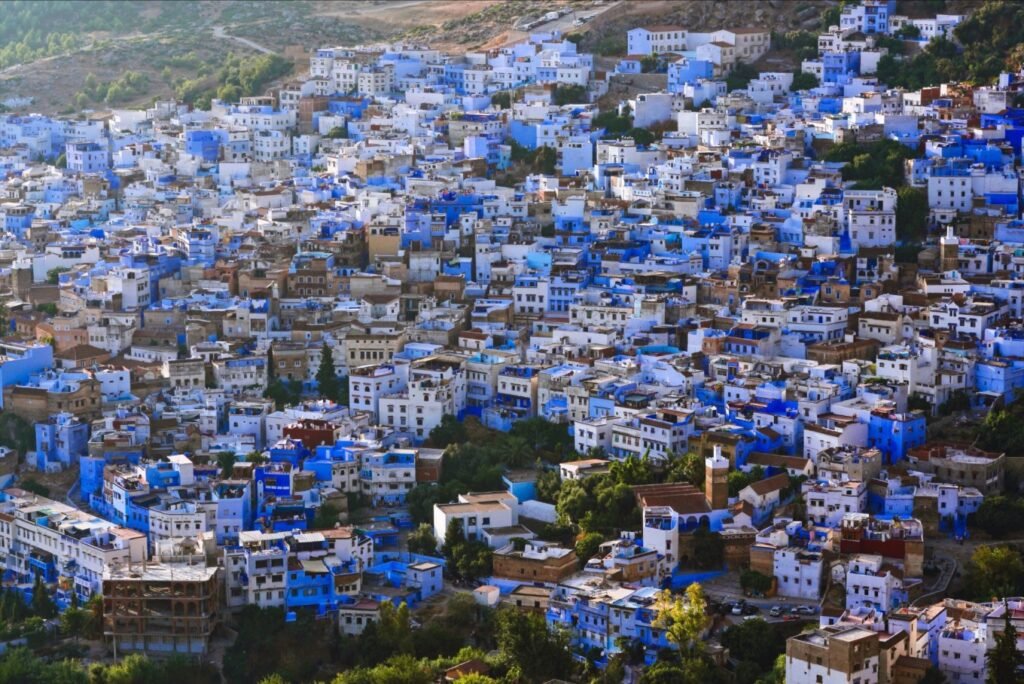
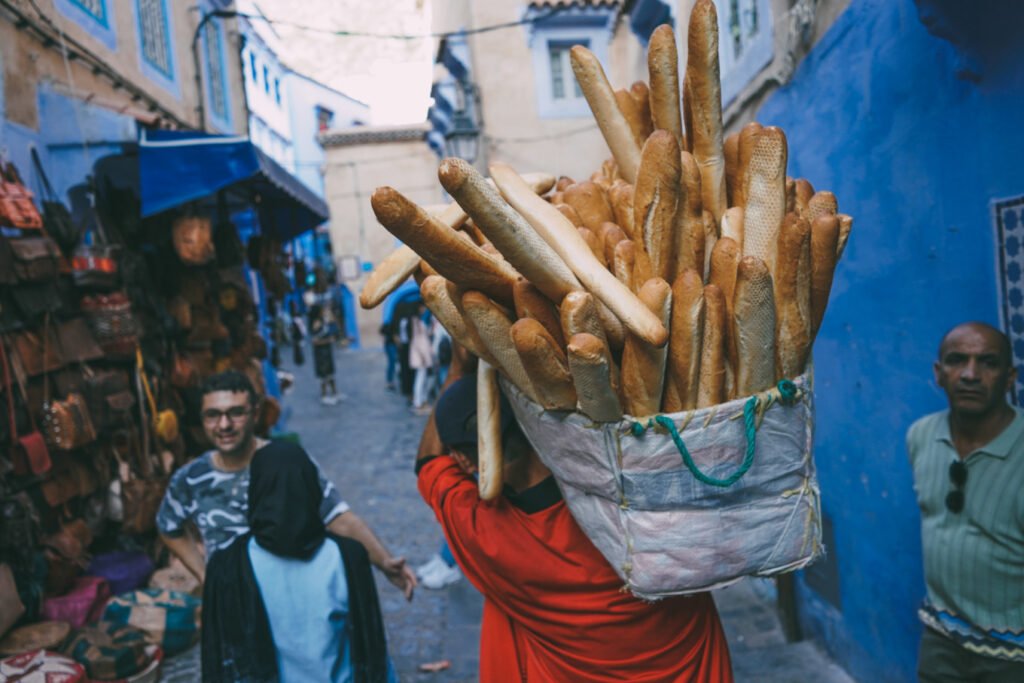

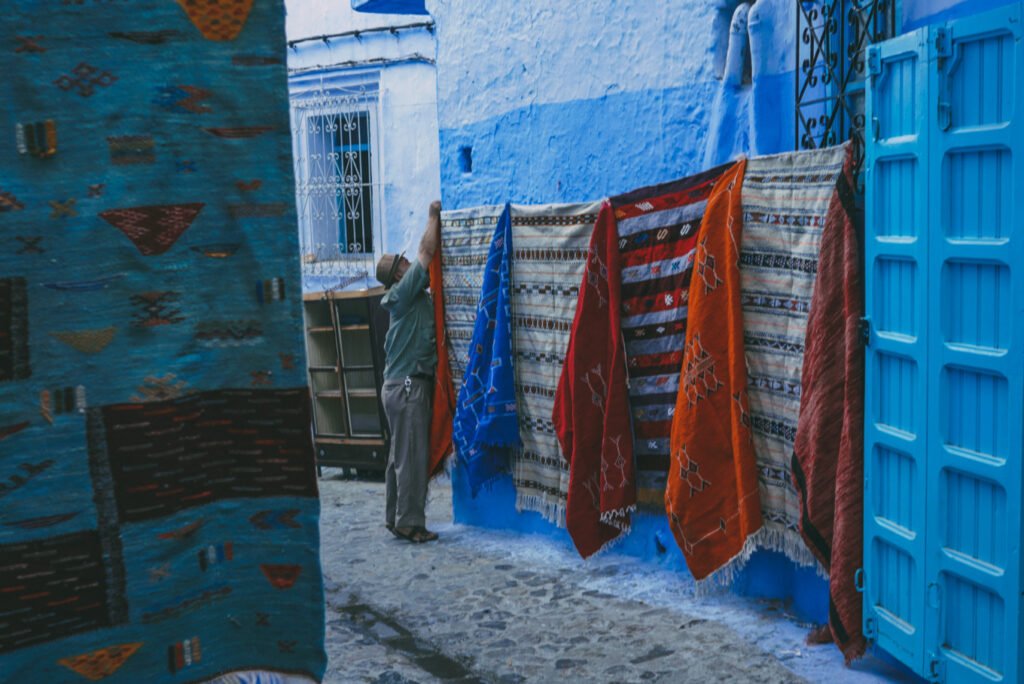
The White City of Tetouan
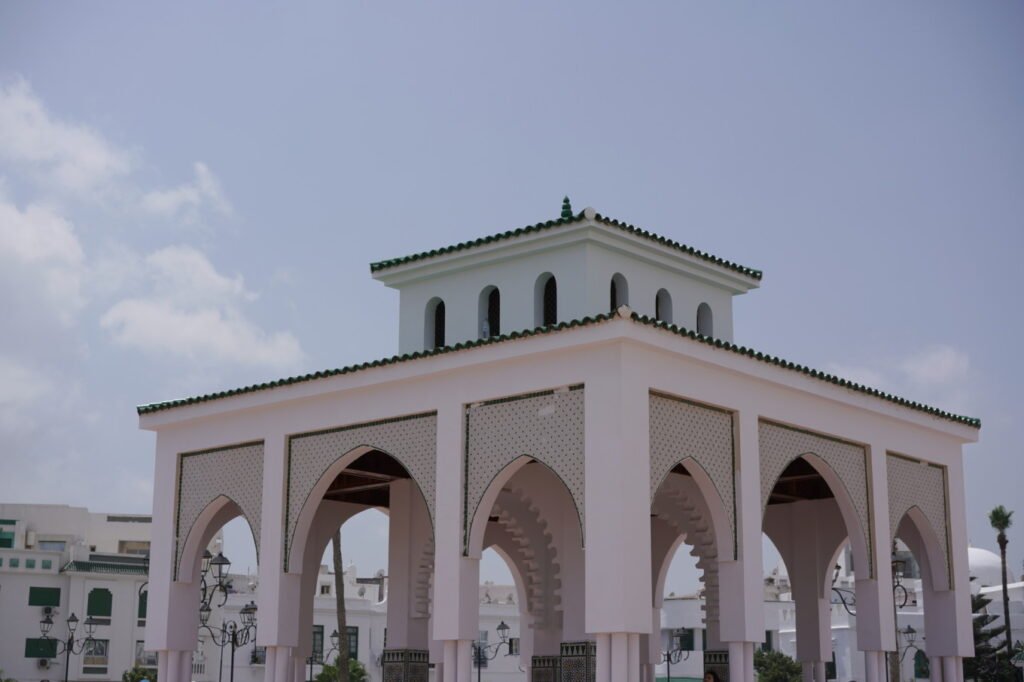
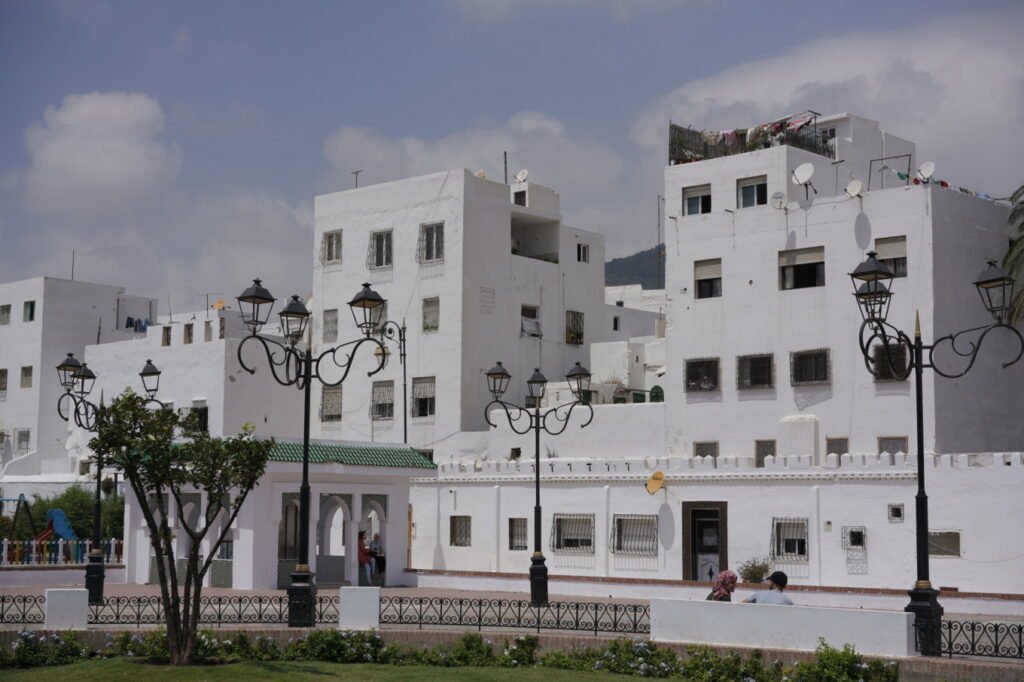
At Jemaa el-Fnaa in Marrakech, the nighttime bustle has continued for centuries.
Indeed, it is only when night falls that the square truly reveals its medieval Arabian charm. A wide variety of street performers, along with their animals and props, take center stage. Vendors at every small tent call out energetically, offering spices, dried fruits, fresh juices, and Moroccan dishes like tagine.
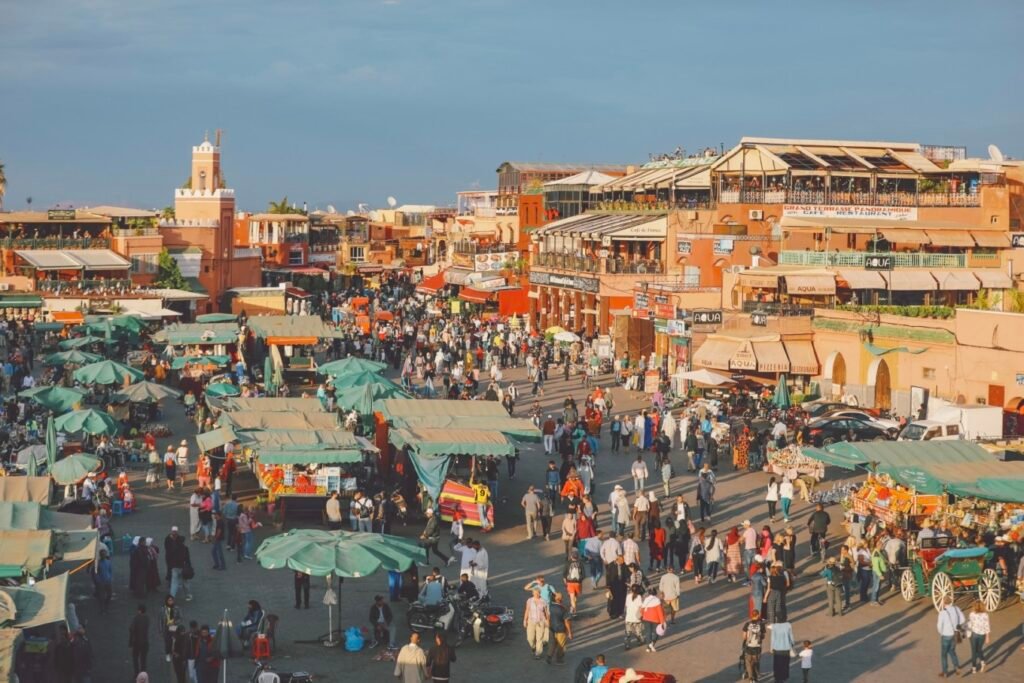

Morocco is often called the backyard of North Africa, blending the artistic elegance of European heritage with the unique charm of the African continent, attracting countless celebrities seeking inspiration.
Bright blue serves as the primary color for the garden’s architecture, creating a vibrant atmosphere. The garden is filled with plants collected from around the world—towering cacti and expansive bamboo groves, transforming the space into a true hidden paradise.
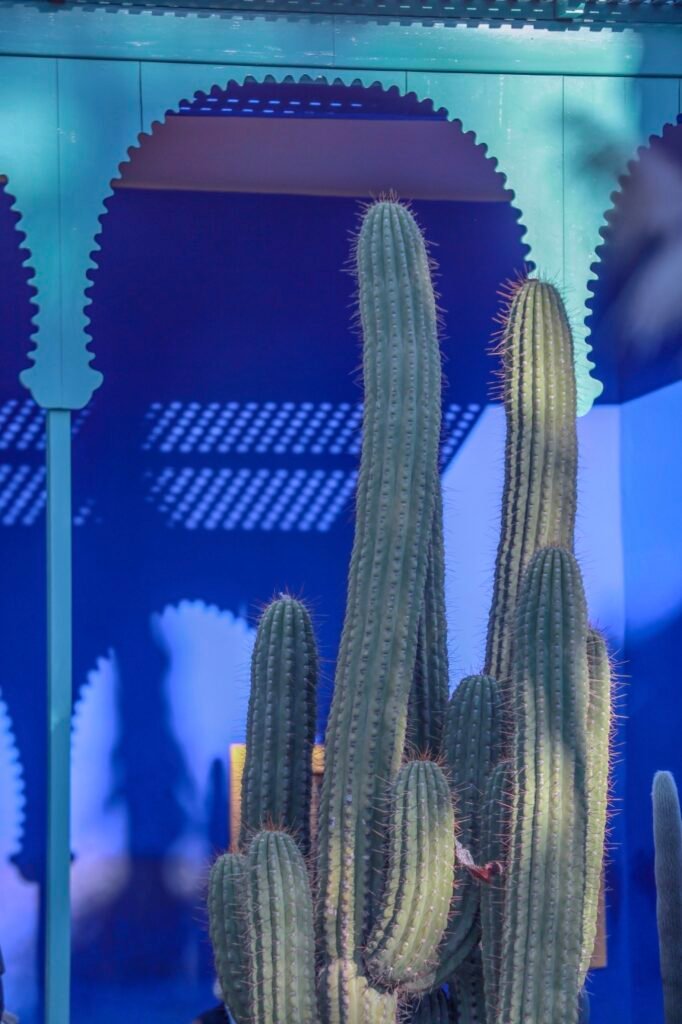
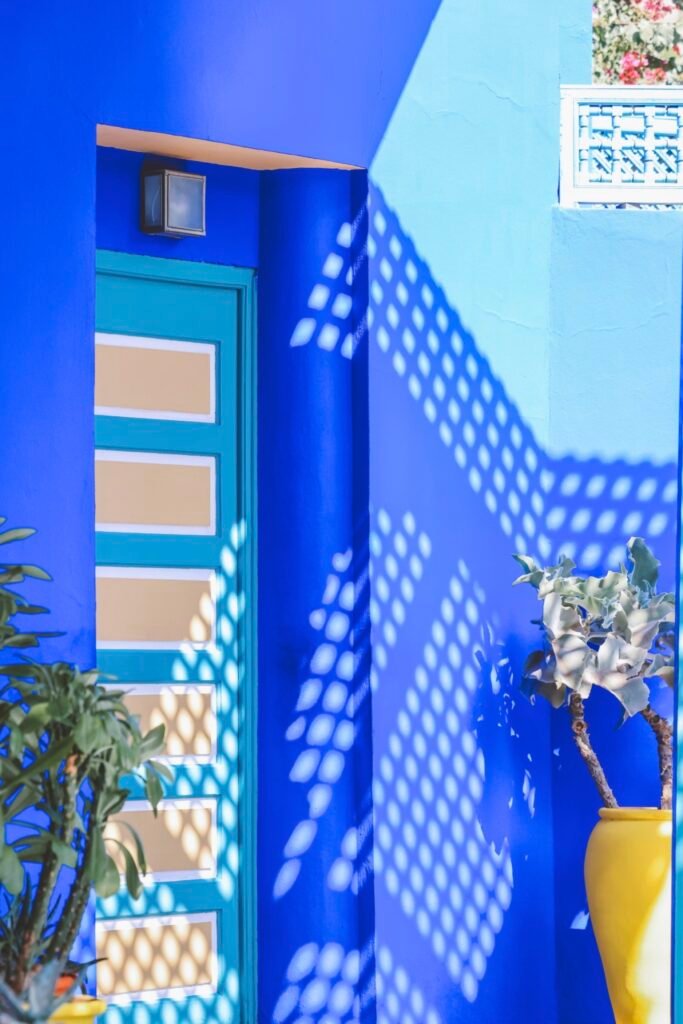
In 1981, Fez was designated a UNESCO World Heritage site.
It’s said that while in other countries you need to read books to understand what life was like a thousand years ago, in Morocco, you have Fez.
Though some tourists may find Fez’s aged appearance unappealing, this wear and tear is a gift from time. What is truly remarkable isn’t that the world’s first university originated here, nor that it once outshone Europe, but that this ancient city has survived intact for over a thousand years. Its residents have preserved their traditional way of life, spirit, and beliefs across generations.
Walking into the maze-like alleys of Fez feels like stumbling into a time tunnel. Inside centuries-old Arabic architecture, life continues as it always has. The bustling shops and crowds fill the labyrinth to the brim, with carts squeezing through and vendors calling out, creating a vibrant, timeless atmosphere.
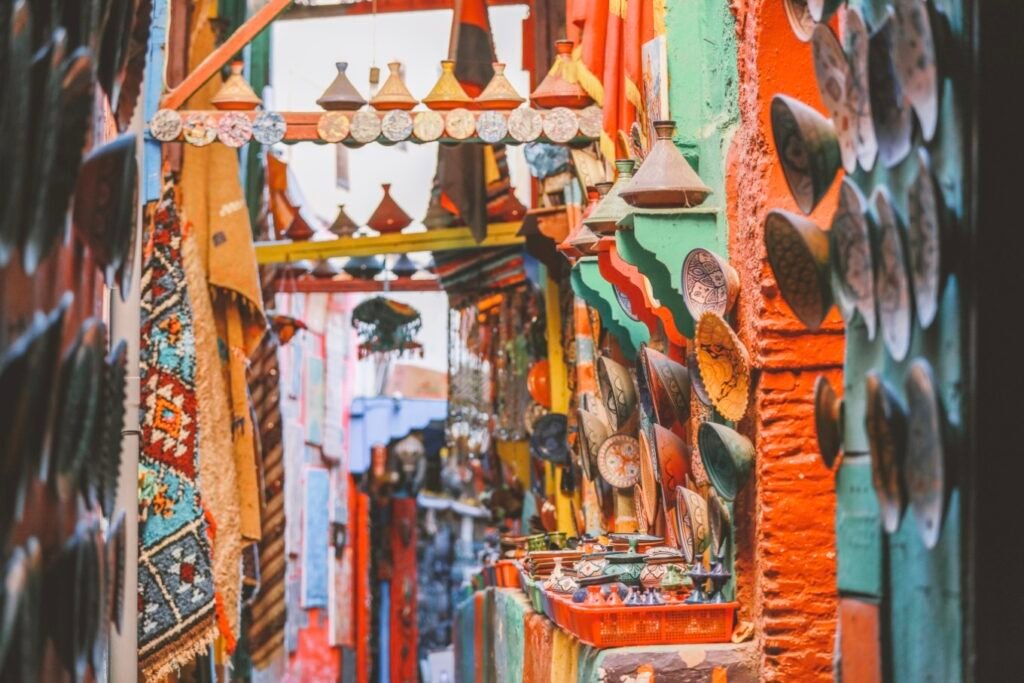
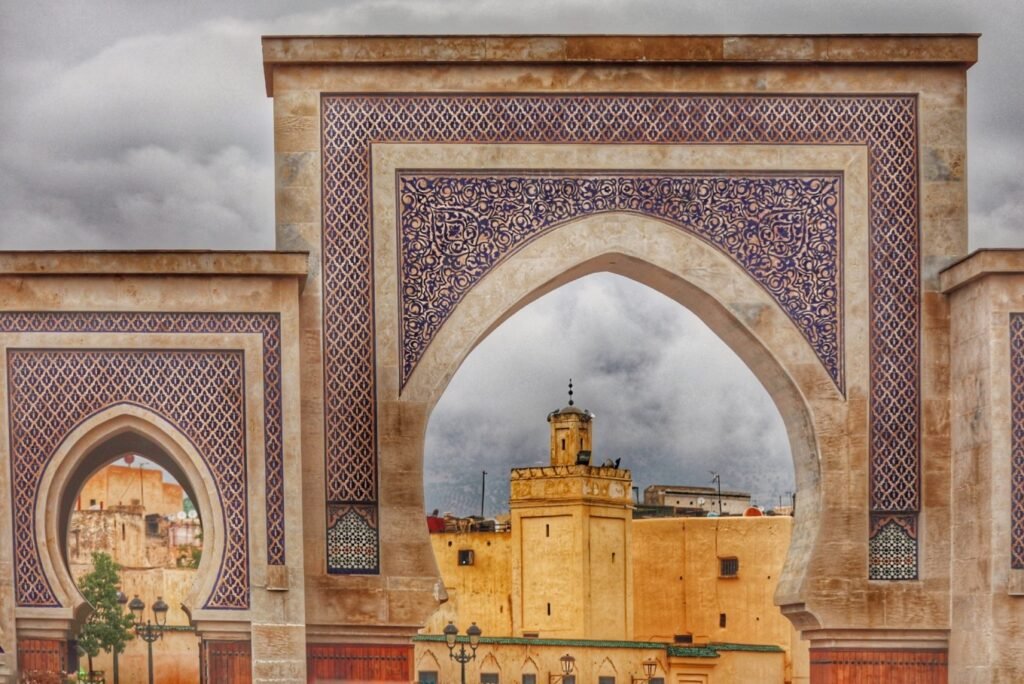
Leaving the old city of Fez and arriving at a hillside in the outskirts, the panoramic view of the entire city unfolds before your eyes.
Traditional houses, densely packed and layered, stretch along the slopes. The ancient city, weathered by centuries, appears in earthy tones, with tall mosques standing proudly among the rooftops. At first glance, the city’s labyrinthine layout seems chaotic and unplanned, but this seemingly disordered design is the result of over a thousand years of historical evolution.
As the sun sets, smoke from the chimneys rises gently into the twilight, casting a dreamy, ethereal glow. The crumbling walls of the old city are bathed in the golden light of the setting sun, transforming the scene into a vision straight out of a dream.
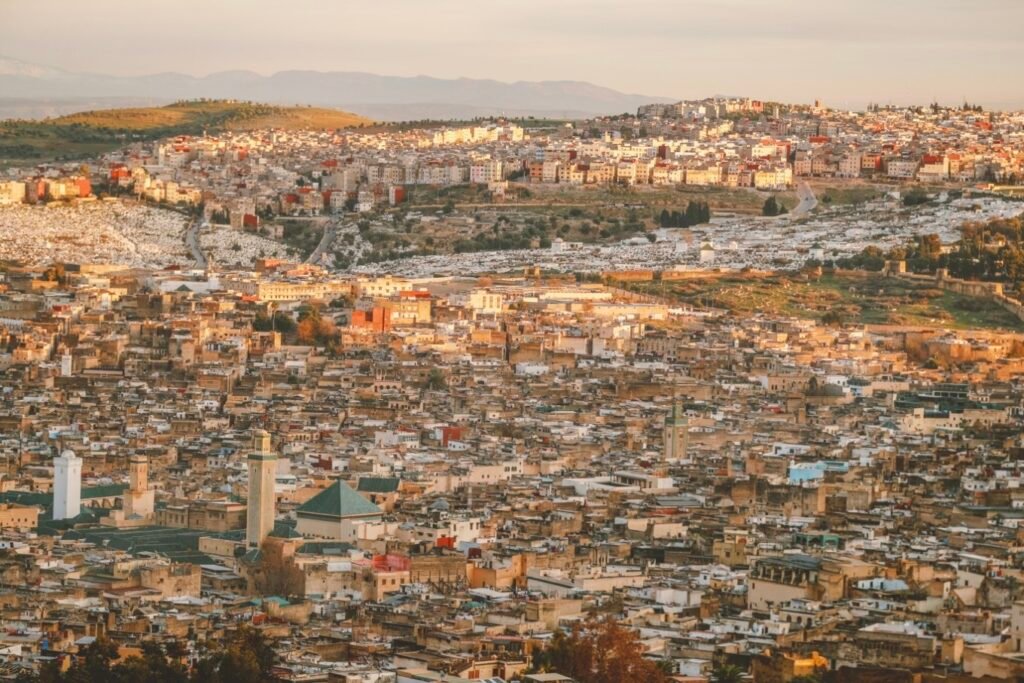
To experience the allure of the famous hotels, some travelers plan a special trip to Morocco just for that.
In fact, you don’t need to stay at the trendiest riads—any four-star and above accommodation can offer delightful surprises. Many of these lodgings are converted from traditional Moroccan courtyard houses with rich histories, having witnessed the rise and fall of several generations of Arab families.
These old homes are adorned with intricate local decorations, each detail reflecting the taste and thoughtfulness of past owners. Staying in such historic houses ensures that every photo you take turns out beautiful and full of charm.
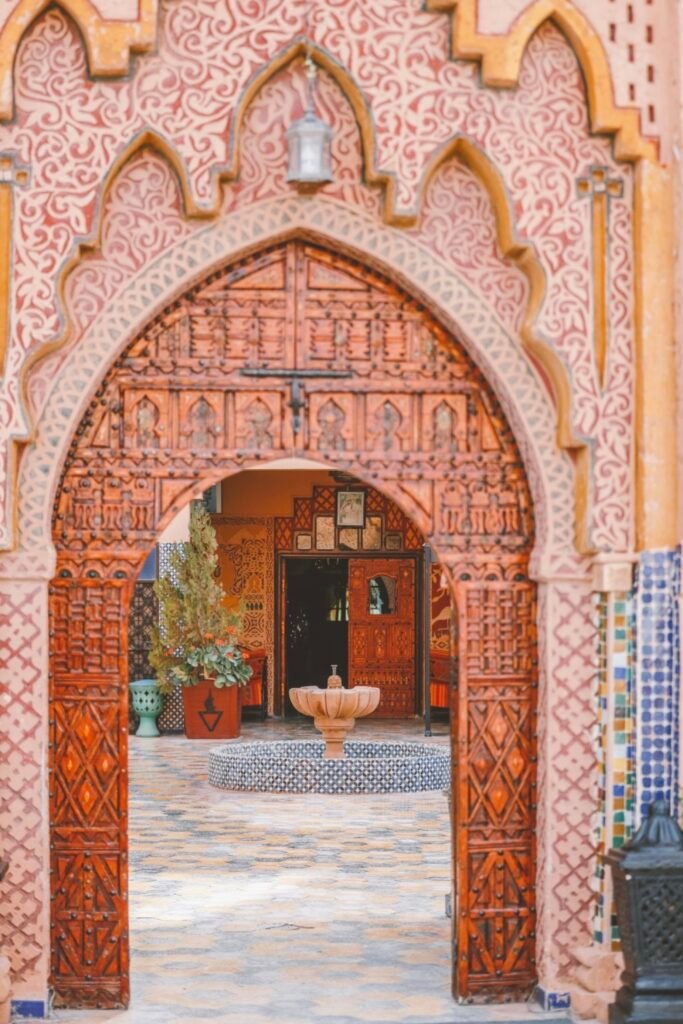

Many travelers regard Rabat as a fallen gem of North Africa—profoundly beautiful, yet often overlooked.
In fact, if you asked ten people what the capital of Morocco is, at least eight would likely answer Casablanca. Compared to Casablanca, Rabat is much less known, yet it is Morocco’s true and official capital.
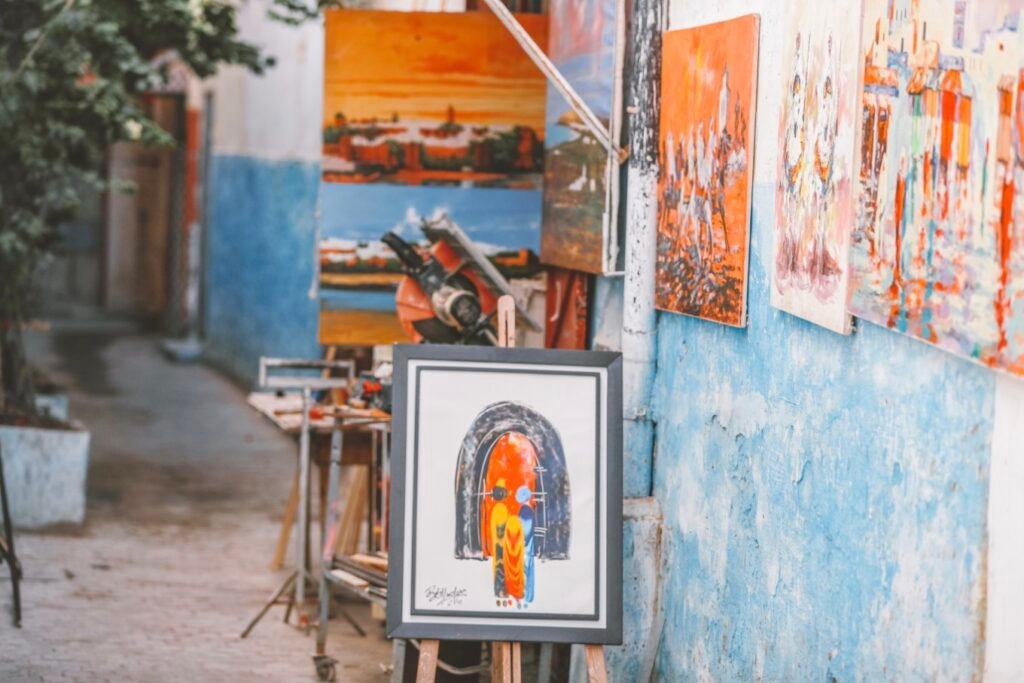
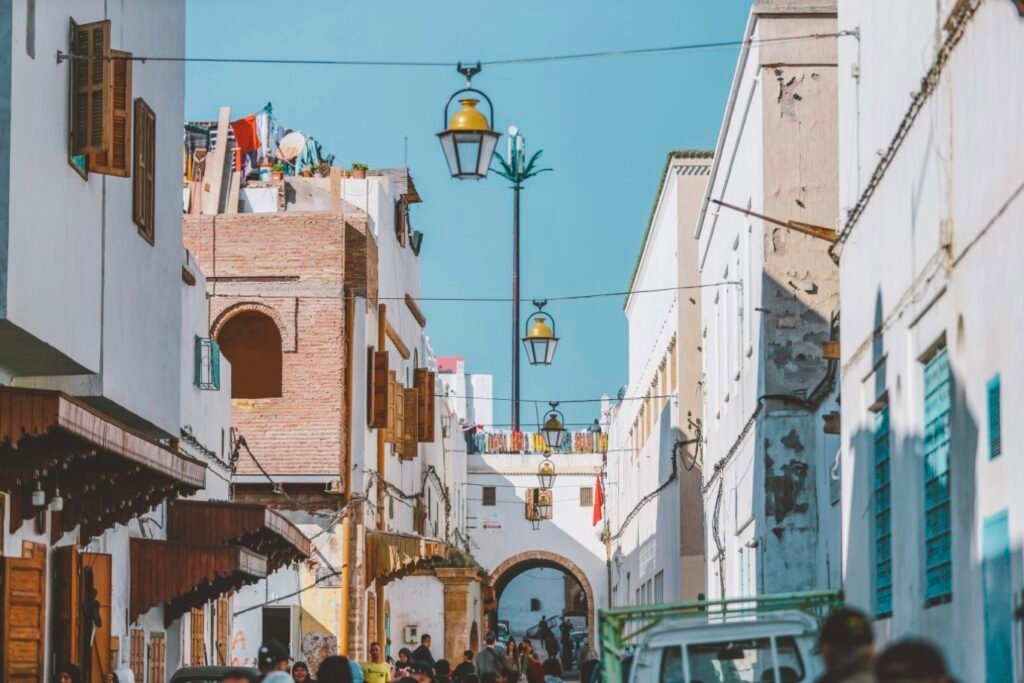
Rabat, located along the Atlantic Ocean, enjoys a mild climate year-round. For many tourists, Rabat feels more like a transit hub, despite its many historical landmarks. Unlike the more popular cities of Marrakech and Fez, Rabat exudes a low-key charm with a friendly atmosphere.
Cars on the streets politely yield to pedestrians, and shopkeepers in the old city’s markets are warm and down-to-earth. Walking along the coastline, one discovers many remnants of Morocco’s ancient and vibrant civilization, including royal mausoleums, mosques, palaces, and the Kasbah of the Udayas.
Another fantastic spot to visit lies by the sea, next to the Kasbah—a cluster of small houses that once served as a Portuguese military prison and were later converted into restaurants during the French occupation.

